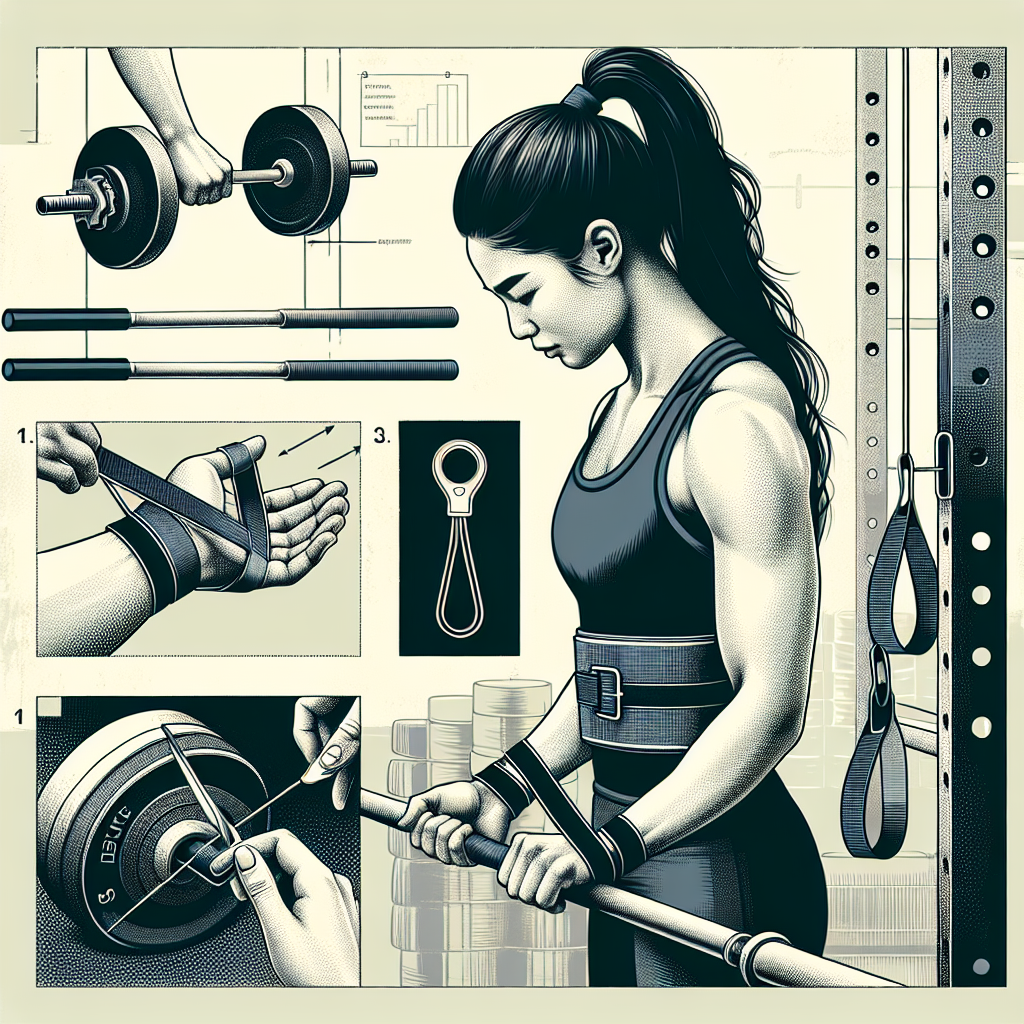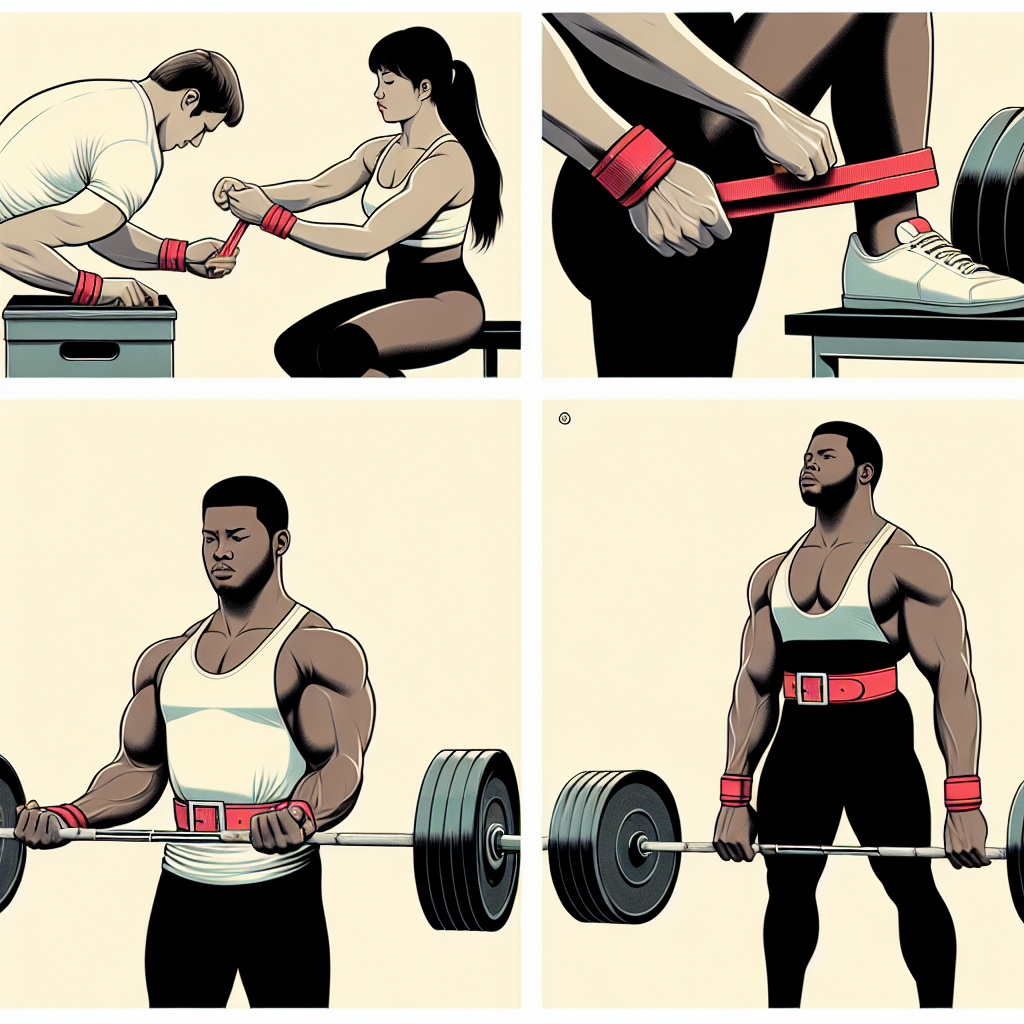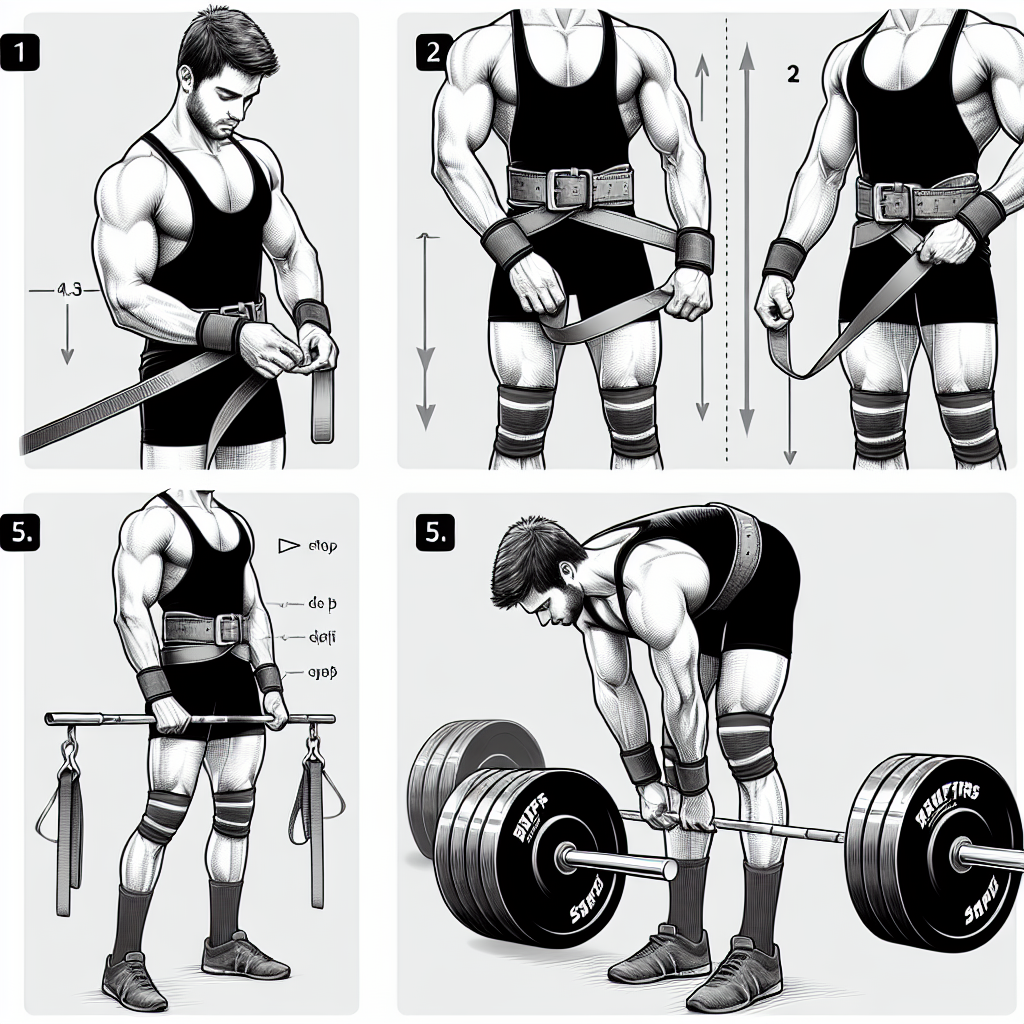How To Use Wrist Straps Deadlift
How To Use Wrist Straps Deadlift

Have you ever felt your grip giving out just as you're about to smash your deadlift records? You're not alone, mate! Enter wrist straps—the unsung heroes of the weightlifting world that can help you hold on tighter, lift heavier, and push past those pesky plateaus. In this post, we're diving into the nitty-gritty of how to use wrist straps to supercharge your deadlifts and leave your lifting buddies in awe. Whether you're a seasoned powerlifter or a gym newbie, these deadlift tips will have you lifting like a pro in no time. Stick around, and let's get those personal bests soaring! 💪 #DeadliftTips #ImproveDeadlifts #BarbellJackOffer
Understanding Wrist Straps
Before diving headfirst into deadlifting with wrist straps, it's crucial to understand what they are and how they can benefit your lifting routine. This section will provide a brief overview of wrist straps and their advantages.
What Are Wrist Straps?
Wrist straps are simple yet effective tools designed to help weightlifters maintain a better grip on the barbell. Typically made from durable materials like cotton or leather, these straps wrap around your wrists and the bar, providing extra support.
Wrist straps are particularly useful for exercises like deadlifts or rows where grip strength may limit your lifting potential. By reducing the strain on your hands and fingers, wrist straps allow you to focus on lifting more weight without worrying about the bar slipping.
Incorporating wrist straps into your routine can be a game-changer, especially for those struggling with grip strength. They aren't a magic bullet, but they can significantly aid in maximizing your lifting potential. For more on wrist straps, check out this resource.

Benefits of Using Wrist Straps
Using wrist straps can significantly enhance your lifting performance. One of the primary benefits is the increased grip strength they offer. By reducing the reliance on your fingers, you can focus more on form and power.
Another benefit is the reduction in forearm fatigue. Often, lifters experience fatigue in their forearms before other muscle groups are fully worked. Wrist straps help mitigate this issue, allowing for more extensive workouts.
Finally, wrist straps can contribute to injury prevention. By providing extra support, they reduce the risk of wrist strain or injury during heavy lifts. This aspect is particularly beneficial for those lifting at their maximum capacity.
By incorporating wrist straps, you can lift heavier, longer, and safer. They are a valuable addition to any serious weightlifter's toolkit, as emphasized in this detailed guide.

Mastering the Deadlift
Understanding the fundamentals of deadlifting is essential for anyone looking to improve their performance. This section will discuss common mistakes and tips for perfecting your form.
Common Deadlift Mistakes
Deadlifting is a complex exercise that requires proper technique to avoid injury. One of the most common mistakes is rounding the back. This can cause significant strain on the spine and lead to serious injury.
Another frequent error is improper foot positioning. Feet should be shoulder-width apart, with toes pointing slightly outward. Incorrect foot placement can throw off your balance and reduce lifting efficiency.
Finally, neglecting the setup can lead to poor performance. Ensure the bar is close to your shins and your grip is secure before lifting.
Avoiding these mistakes is crucial for your safety and success. For more tips on avoiding deadlifting errors, see this helpful article.
Perfecting Your Form
Achieving perfect form is crucial for maximizing your deadlift performance. Start with maintaining a neutral spine. This helps distribute weight evenly and prevents injury.
Focus on hip hinge rather than bending your knees excessively. This movement pattern engages the right muscle groups, including the glutes and hamstrings.
Keep the bar close to your body throughout the lift. This reduces unnecessary strain on your lower back and helps maintain balance.
Practicing these techniques will help you become a proficient deadlifter. For a comprehensive guide on deadlift form, take a look at this resource.

How to Use Wrist Straps
Wrist straps can be a valuable tool if used correctly. This section will guide you through the steps of using wrist straps and highlight common mistakes to avoid.
Step-by-Step Guide
Using wrist straps effectively involves a few straightforward steps:
-
Loop the strap around your wrist, ensuring it sits comfortably without cutting into your skin.
-
Wrap the loose end of the strap around the barbell. Make sure it's secure but not too tight.
-
Grip the bar with your hands over the straps. Your fingers should secure the strap to the bar.
-
Tighten the strap by twisting it towards your body. This ensures the bar is firmly in place.
These steps will help you maximize the benefits of wrist straps during your lifts. For a more detailed walkthrough, visit this page.
Avoiding Common Strap Mistakes
Improper use of wrist straps can lead to inefficiencies and even injuries. One common mistake is wrapping the strap too loosely. This defeats the purpose of using them and can result in the bar slipping.
Another error is over-reliance on straps. While they're helpful, it's essential to continue developing grip strength through other exercises.
Finally, ignoring discomfort is a mistake. If the straps feel uncomfortable or cut into your skin, adjust their positioning.
Avoiding these pitfalls will help you get the most out of your wrist straps. For more insights into common mistakes, see this article.
Tips to Improve Deadlifts
Enhancing your deadlift isn't just about technique. This section explores how wrist straps and other accessories can elevate your lifting game.
Incorporating Wrist Straps
Incorporating wrist straps into your deadlift routine can lead to substantial improvements. Start by using them during your heaviest sets, where grip strength is most likely to falter.
Gradually increase your reliance on wrist straps as your lifts become heavier. This allows you to push past current limits without compromising form.
Remember, wrist straps are a tool to aid your lifting, not a crutch. Use them strategically to achieve the best results. For an in-depth look at incorporating wrist straps, check out this page.

Additional Weightlifting Accessories
Beyond wrist straps, several other accessories can boost your deadlift performance. Lifting belts offer core support and can help maintain a neutral spine during heavy lifts.
Weightlifting shoes provide stability and improve foot positioning. The right footwear can significantly enhance your balance and power transfer.
Chalk is another useful accessory. It reduces sweat and improves grip, especially during high-intensity sessions.
Each of these accessories offers unique benefits for your deadlifting routine. Explore more options on this site.
Achieving Your Personal Best
Reaching your personal best requires more than just physical strength. This section will discuss goal setting and motivation techniques to help you excel.
Setting Realistic Goals
Setting achievable goals is crucial for long-term success in weightlifting. Start by identifying your current deadlift max. From there, set incremental goals that challenge you without risking injury.
Consider short-term and long-term goals. Short-term goals keep you motivated, while long-term goals provide a vision for your lifting journey.
Regularly review and adjust your goals based on your progress. This helps keep you on track and ensures you're continually pushing your limits. For more on goal setting, visit this page.
Motivation and Progress Tracking
Staying motivated is key to reaching your personal best. Tracking your progress is an effective way to maintain focus and drive. Use a journal or digital app to record your lifts, noting improvements over time.
Celebrate small victories along the way. Recognizing achievements, no matter how minor, can boost your confidence and motivation.
Finally, consider joining a community of like-minded lifters. Sharing experiences and tips can provide support and encouragement. For more tips on motivation and progress tracking, see this resource.
By harnessing the power of wrist straps and other weightlifting accessories, you can improve your deadlift technique and achieve new personal bests. With the right approach and mindset, breaking through those lifting plateaus is within your reach.

Leave a comment
Please note, comments must be approved before they are published